In the UK, Framestore and the Third Floor are establishing new separate companies, and dissolving their previous previs alliance. This comes at a time when the entertainment industry is becoming increasingly focused on virtual production and using rapid visualization to move forward coming out of the current crisis. Each company is also hiring and expanding their rosters of senior professionals.
Framestore
Framestore Pre-production Services (FPS) recently announced a set of new creative hires covering previs, techvis, postvis and virtual production. The new team members join Alex Webster, Framestore’s MD of Pre-production Services. FPS is a new model of engaging with clients that takes a ‘holistic client experience’ approach.
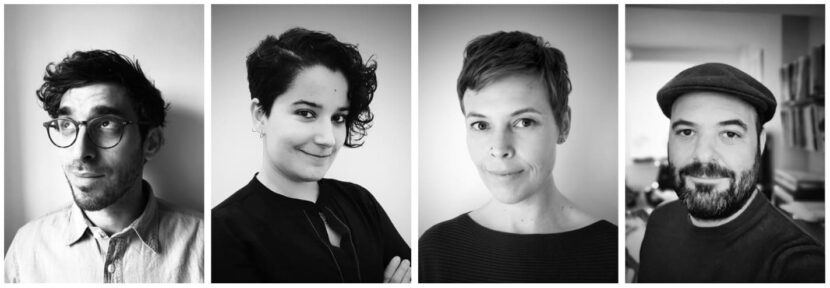
The new team has an incredible wealth of experience from major features films, such as Wonder Woman 1984 and Star Wars: The Last Jedi, to some of the most complex TV credits, such as Game Of Thrones. The new team reflects a new direction for Framestore as it unwinds its 9-year relationship with The Third Floor London. The new hires comprised of:
- Vincent Aupetit: Creative Director and Senior Supervisor (credits include Wonder Woman 1984; Detective Pikachu and Godzilla: King Of The Monsters)
- Kaya Jabar: Pre-production Supervisor (credits include Star Wars: The Rise Of Skywalker; Dumbo; Game of Thrones, and Tomb Raider)
- Michelle Blok: Visualisation Supervisor (two-time Emmy winner; credits include multiple seasons of Game Of Thrones and Star Wars: The Last Jedi)
- Jon Allen: Visualisation Supervisor (credits include Hobbs & Shaw; Spider-Man: Far From Home and Jurassic World: Fallen Kingdom)
The significance of this is not only that Framestore has new staff, but that Framestore is strategically moving to work with Directors and A-list Showrunners in new ways.

Framestore’s FPS ‘UX /CX’ positioning
In the design world, it is common to look at the actual User Interface (UI) work as a subset of the User Experience (UX). UX can combine the notions of agile development with a wider view of the user’s journey on any project. Still broader again in scope than UX is to consider every touchpoint of how someone interacts with your company, in design, this is often considered as Customer Experience. In visual effects and the entertainment industry, Framestore in rebuilding their engagement model with clients and defining a new type of service that could be called Client Experience(CX). Building on an analogy of UI and UX, in the post-production world, UI would be considered equivalent to the actual VFX shots and UX is then how the facility engages during an effects project. The Framestore model of FPS goes one step further. FPS’s approach would involve looking at not just how a project runs through the facility, but the very model of how the project is even undertaken. With virtual production, LED walls, real-time engines, and new collaborative real-time working models, Framestore allows the FPS team to engineer an entirely unique and bespoke client experience in terms of making the project and their interaction with Framestore. “Framestore wants to be able to provide this end to end creative solution that can allow a director to have one company go from the earliest concept art, all the way through to delivering final pixels,” summarises Webster.
The analogy approximates:
- UI design = The actual VFX shots
- UX = How a project runs through the facility
- CX = Bespoke design of the client’s project is made and their pipeline
The new FPS unit has emerged from The Third Floor and Framestore, dissolving their previs alliance. This is less a falling out of love and more of a reflection that the services offered to a creative client or director are no longer well-served by being labeled as ‘previs’. In 2011, Framestore CEO William Sargent told The Hollywood Reporter that while previs is related to visual effects, it is not an area that he wanted to tackle at Framestore. He said, “We feel it is a very different space and mindset creatively.” The split of The Third Floor London into two separate companies is not Sargent changing his mind so much as a reflection of the notion of previs being too limiting for what teams like FPS do. It assumes a traditional ‘previs’ team is what is most commonly needed, whereas FPS questions this compartmentalized approach by preferring to not have separate teams but one integrated custom approach for each client. In a sense all projects are different, but in the last few years advances in things such as real-time technology have dictated an examination into how companies like Framestore interact with their clients.
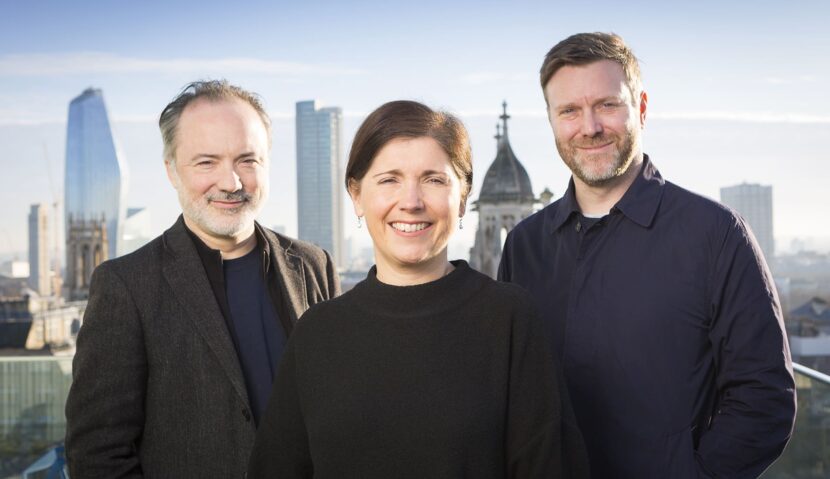
The new FPS division first emerged from the complexity of the old The Third Floor London in providing postvis. “I think what happened over time, probably mainly through the advent of new technology, is that the relationship between pre-production and post-production became blurred, where once it was a very hard line of where Framestore starts and The Third Floor (London) stopped,” explains Webster. “Over the course of the last few years, it became clear that both companies were competing against each other in the area of postvis in particular. So despite having been wildly successful, William Sergeant took the strategic decision to really bring these services all together under Framestore’s direct governance.”
On paper, FPS offers specialisms such as previs, virtual production, techvis, postvis, and creative services. In reality, this laundry list of approaches implies silos of separate skills and talent. In reality, FPS can be thought of as providing more of a core ‘war room’ that holistically looks at the entire project and then advises how to solve the whole production, collaboratively with production design, cinematography, and visualization. And again, drawing on the analogy of UX, it does this through an Agile project approach with cross-functional teams, built to start and finish the whole project with consistent supervision and constant agile flexible creative input. This means the core team might be a collection of five or more supervisors with experienced producers, not compartmentalized away from creative decisions, but active team members in the core team. This FPS group provides one ‘corporate’ memory for the entire project, so ideas discussed early on do not need to be constantly re-established and communicated. In the older post model, projects were passed from supervisor to supervisor as the project migrated through the pipeline. However, this failed in many respects to provide the richness of understanding that the FPS team can provide, by maintaining active involvement from pre-green light to delivery of final master. According to Webster, Framestore’s VFX Supervisor Christian Manz (Harry Potter and the Deathly Hallows: Part 1; Fantastic Beasts and Where to Find Them and Fantastic Beasts: The Crimes of Grindelwald) had commented to Webster that one of his greatest bugbears as a senior supervisor is losing creative notes as a project moves through production. “He finds that some decisions made months ago, which might have seemed like a very quick decision or almost a throwaway comment, are simply not carried forward,” explains Webster. “He believes no matter how insignificant such a comment may seem, he wants that note carried forward and he doesn’t want to have to revisit that conversation again and again or have to justify that decision to a new audience later in the process.”
Framestore clients are not forced to work this way, FPS is just one way they can engage with Framestore. But the FPS team seeks to expand and enhance Framestore’s existing capability, allowing clients flexibility whether they need standalone pre-production support or a seamless end-to-end engagement. But if clients seek not only creative and technical solutions to specific visual effects but also help in how to film and make the project, then FPS can provide one client-facing, senior team that will manage R&D, LED virtual stages, character design explorations, motion capture technology, and lookdev, or any of the other many skilled teams inside the broader Framestore team.
A lot of the new approaches are facilitated by the advances in Real-time engines such as UE4, and new more democratized tools sets, but knowing what can be done, how best to bring ‘post’ on set with virtual production, and incorporate new advances in Machine Learning can be extremely challenging for seasoned professionals yet alone directors and showrunners. The team is currently hard at work, even in their ‘distributed COVID-19’ structure, on a new feature film. They are also being inundated by other requests to discuss virtual production approaches options, in a world of social distancing and distributed teams.
Critical to the FPS approach is being involved as early as possible in a collaborative and engaging way. “We’re really looking at this through the lens of our clients and that includes the studios, producers, and supervisors, but also the directors, DOPs, stunt coordinators, production designers, and all those key creative stakeholders that we need to engage with at certain points within the process,” Webster remarks. “What a lot of the newer technology is now doing for us, certainly with the implementation of real-time tools, is democratizing a lot of that early creative decision making. It’s affording us to be able to engage in an interactive way with those stakeholders to be able to make those crucial early-stage decisions.” Working this way allows Framestore’s post-production supervisors, VFX teams, animation directors, and others, who might normally only get brought onto a production much later, to be able to be brought forward and to be a voice within that creative decision-making process.
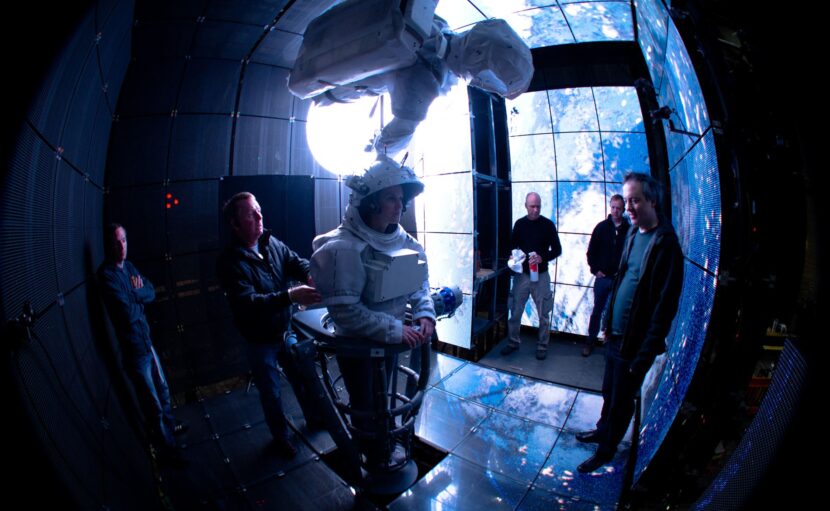
“Literally every show is different,” comments Aupetit. “Every request, every team that we work with is different and has different needs with different problems to solve. This is how we actually get to come up with new solutions and invent something new. For example for the film Gravity (2013) – which is the show that started all of this at Framestore, years ago – that was how we started using motion control and LED panels for the first time.” Aupetit was a key previsualization artist during pre-production for Gravity and he recalls the initial idea from Director Alfonso Cuarón was dramatically simpler than what ended up being achieved. “Alfonso at first thought he could just put his actor on a chair and basically put a camera around them and that would make it seem like it was shot in space. He quickly realized that was not going to work. Through our previs, we experimented and started thinking outside of the box,” which resulted in the complex motion-control & LED lightbox solution the director finally used. “That’s what we do quite often and it is because we have this incredible team that allows us to come at problems from a variety of angles and to really push the boundaries of filmmaking,” he explains. Today, LED stages are one of the hottest topics in Virtual Production.
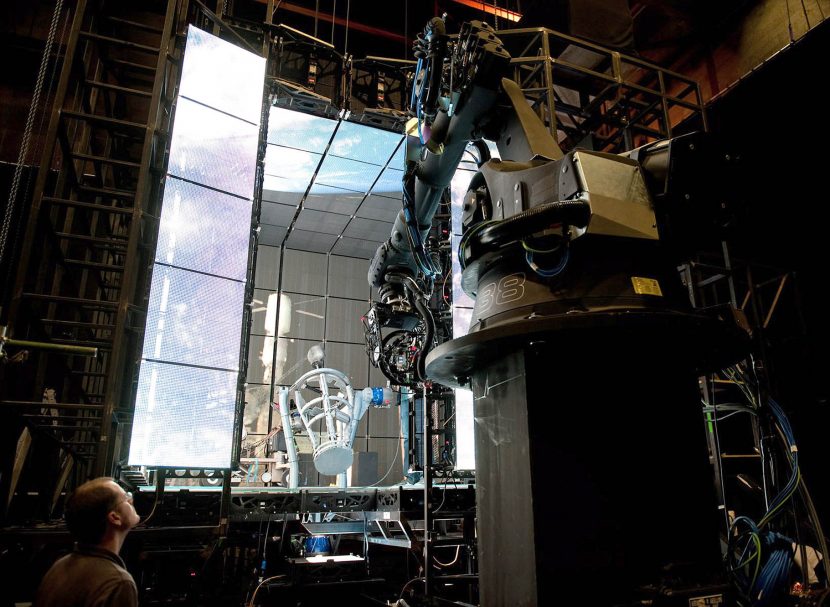
This team philosophy has been tested recently with FPS’s first major feature film client. FSP built a, “very nimble team, which incorporates concept artists, virtual production, previs animation, and VFX, all working collegiately to solve a multitude of crazy questions at a very early stage in the production,” describes Webster. FSP’s war room approach had essentially a team of five supervisors from all different disciplines inside Framestore working as one unit across a range of different complementary elements of the production. “In an early pre-production stage or early previs stage, you would never normally be able to do that. That’s where we have a USP against our competitors – they simply just don’t have that arsenal of talent, that depth of knowledge that stays beyond the preproduction phase right through the production.”
Given the global production lockdown, Aupetit comments that virtual production and LED stages with virtual environments, “is a topic we discuss every day now with clients.” Furthermore, Webster believes, “remote location shoots are going to be a thing of the past for the next 12 months or so. This will put much greater emphasis on using existing photogrammetry and Google maps data in combination with virtual scouting technology to work around a location shoot, and provide clients with digital or virtual environments.” For Aupetit, LED screen stages are brilliant but only another tool in FPS’s toolbox to apply to the right budgets and projects and, “there’s no doubt that this technology works and it’s a very good way of creating shots, but it’s not the right application for everything.” Similarly, the team has had great success with VR location scouting and creative team discussions but advanced VR production applications are just another part of the FPS offering. Again similar to the trend in Agile UX development, it is important to Webster that the artists in the whole process are allowed to creatively contribute and that they are not compartmentalized or siloed such that creative decisions are made for them. Getting artist buying is not only good for the client but it drives tremendous team loyalty and improved job satisfaction. “You don’t want to ostracize artists, you want to bring them into the process, ” he says. Webster further states that it is FPS intention “to make sure that all those key stakeholders are executing the work are part of that decision-making process”.
Again similar to the tend in Agile UX development, it is important to Webster that the artists in the whole process are allowed to creatively contribute and that they are not compartmentalized or siloed such that creative decisions are made for them. Getting artist buying is not only good for the client but it drives tremendous team loyalty and improved job satisfaction. “You don’t want to ostracize artists, you want to bring them into the process, ” he says. Webster further states that it is FPS intention “to make sure that all those key stakeholders are executing the work are part of that decision-making process”.
Webster is keen to point out that Framestore and The Third Floor based in LA, run by Chris Edwards, are still on great terms. “The relationship between Third Floor and Framestore is still very good. William (Sargent) and Chris (Edwards) have worked together very well to make the separation essentially as amicable as possible,” he was at pains to point out. But Webster is also ambitious for what FPS can do. “I make no bones about it, our aim is to be the market leader in those services, which means having a service which is replete and strong enough to stand on its own created credentials to compete against The Third Floor and equally, Halon, Day for Nite, and all the great established companies within the entertainment visualization market.”
He concludes by commenting that the evolution of FPS has “definitely been a case of us listening to the market and some of our key clients. There are some studios and content creators such as Netflix, which is a good example, who have really bought into this method of working.”
The Third Floor UK.
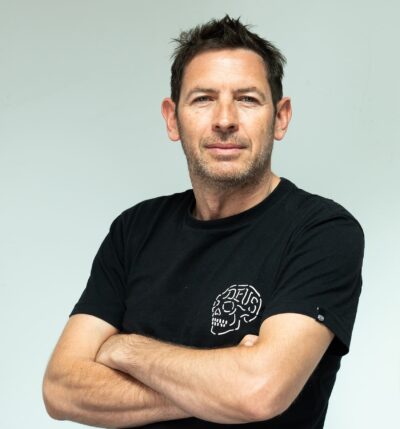
The Third Floor is now separately operating in the UK and it has just appointed its own new Managing Director. Visual effects, and production executive Tim Keene has joined the company returning to England after an extended tenure in production on the ground in Hollywood. Keene will lead The Third Floor’s UK operations, which has provided visualization and virtual production teams on projects ranging from the last five Star Wars films to five seasons of Game of Thrones.
“Tim will contribute immensely to the ongoing success of The Third Floor and help accelerate one of our central missions, which is to help productions prepare the most cinematic and impactful stories; something the world needs more than ever,” explained Chris Edwards, CEO, and Co-founder of The Third Floor. “Tim will strategically guide our UK base as we continue to plan swift and seamless transitions to support all content creators. We are thrilled to welcome Tim at a time when we have enabled extremely productive remote development and pre-production efforts to ensure that producers optimize their spending in order to deliver the high production value that modern audiences expect.”

Keene is a veteran of 14 years in VFX and animation production, with credits including Avatar and Quantum of Solace. Beginning in 1997 as VFX coordinator at Framestore and later moving up as an executive producer, he was heavily involved in workflows from early pre-production through final delivery. From 2013 on, Keene focused on the “client” side of the industry, working as a VFX producer and VFX supervisor for 20th Century Fox, Lucasfilm, Lionsgate, and Universal Pictures. While in this supervisory role, he oversaw virtual effects on films like Spectre, Star Wars: Episode VIII: The Last Jedi and Knives Out, with his most recent collaboration being Dolittle with Universal.
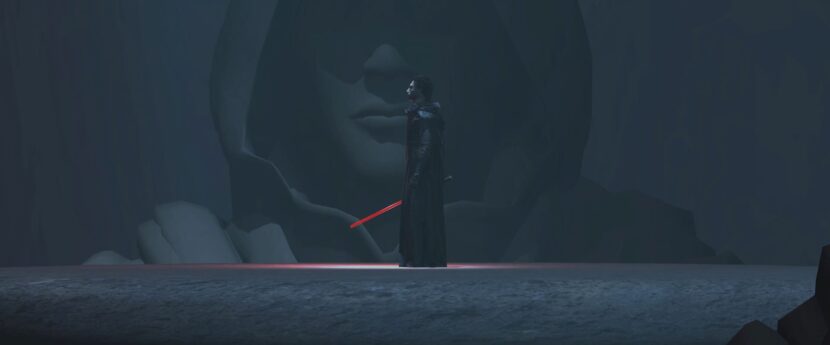
“I’ve had the pleasure to commission The Third Floor on all of the most recent projects I’ve produced,” commented Keene. “When it comes to knowledge of visualization and how to make a difference as creative and technical collaborators from early shot designs all the way through shooting and post, they have led the way for years. I’m honored to be a part of this team that has continually set the bar for this increasingly critical work.”
The lead story image credit: Previs frame by The Third Floor: Spider-Man: Far From Home . Collaborating with Director Jon Watts and VFX Supervisor Janek Sirrs, The Third Floor designed shots and action ahead of the shoot, incorporating some of London’s renowned locations.
